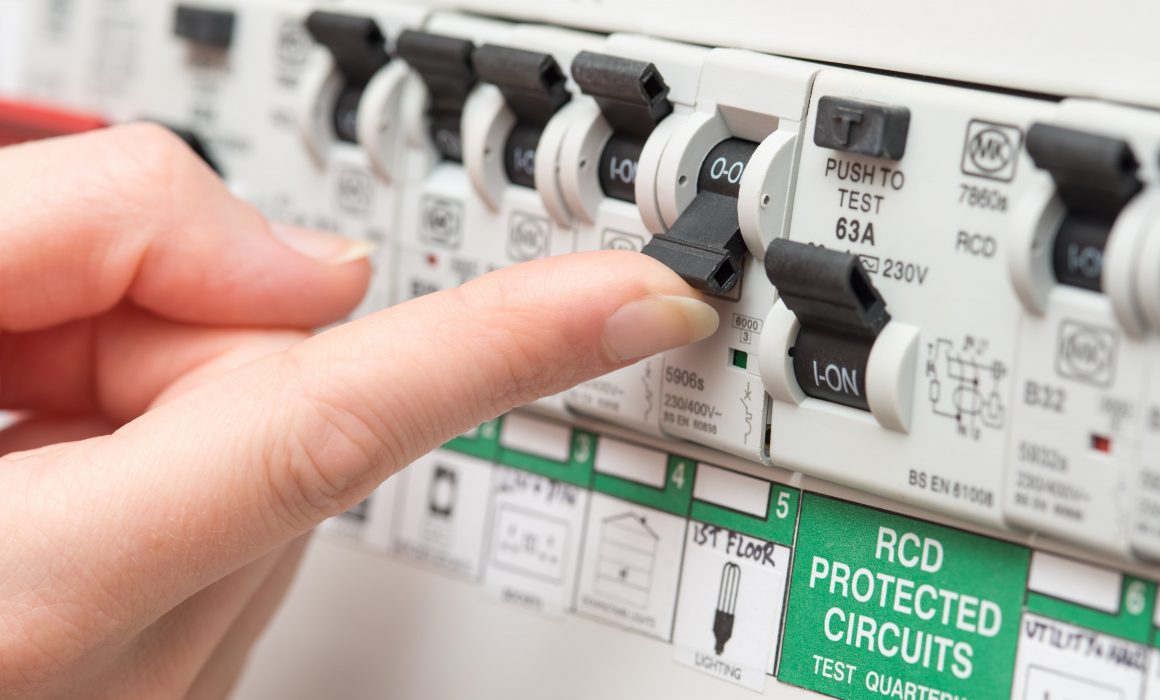RCDs and More: The Hidden Switches Keeping You Safe
There are so many life-saving innovations that surround us in the developed world, it’s easy to forget the progress that has been made in the last few decades. Some of us can just about remember jumping into a car without seat belts, ABS, traction control, or airbags and going for a carefree drive in what would now be regarded as a death trap!
Just like the car you drive, your home and place of work should now be equipped with devices that help to keep you safe. In the case of electrical installations, these should include a RCD (Residual Current Device), ELCB (Earth Leakage Circuit Breaker) or RCBO (Residual Current Circuit Breaker with Overload protection.)
RCDs
All of these devices aim to enhance safety and ultimately to prevent death by electrocution. Hence, with an RCD installed, even if an individual touched an item of faulty equipment that had become ‘live’, the device would sense this and automatically switch off the circuit to prevent a serious and potentially life-threatening injury. A human can only withstand very minimal electrical currents passing through the body, so RCDs are designed to trip at a current flow of 30 milliamps (or even less) within 300 milliseconds (less than a third of a second!)
RCDs also help reduce the risk of fire caused by earth leakages by cutting the electrical flow as soon as a short circuit is detected. Recent electrical regulations recommend that every 13A socket outlet has RCD protection installed. It used to be recommended for exterior sockets, where risk is higher (due to, for example, the use of electric garden mowers, hedge trimmers, and pressure washers). Now, the requirements are more stringent.
Is it time to check your electrical installation to ensure that you are doing due diligence for your own safety and those you are responsible for?
RCBOs on each circuit
RCBOs on each circuit, see small yellow button on each device. This is where every circuit has its own earth leakage monitoring. This option, although more expensive, offers the most comprehensive solution, especially for commercial and industrial environments where disconnection of several circuits may cause down time due to the interruption of multiple work processes.

RCD installed as a main switch
RCD installed as a main switch: on the left-hand side of the device in this picture, you can see the main switch functions as an RCD. This may cause extra inconvenience, as when the RCD trips, every circuit is disconnected.

Split Load Board
Split load boards, a good option for domestic installations. The circuits are spread over two RCDs to prevent every circuit being disconnected at one time.




